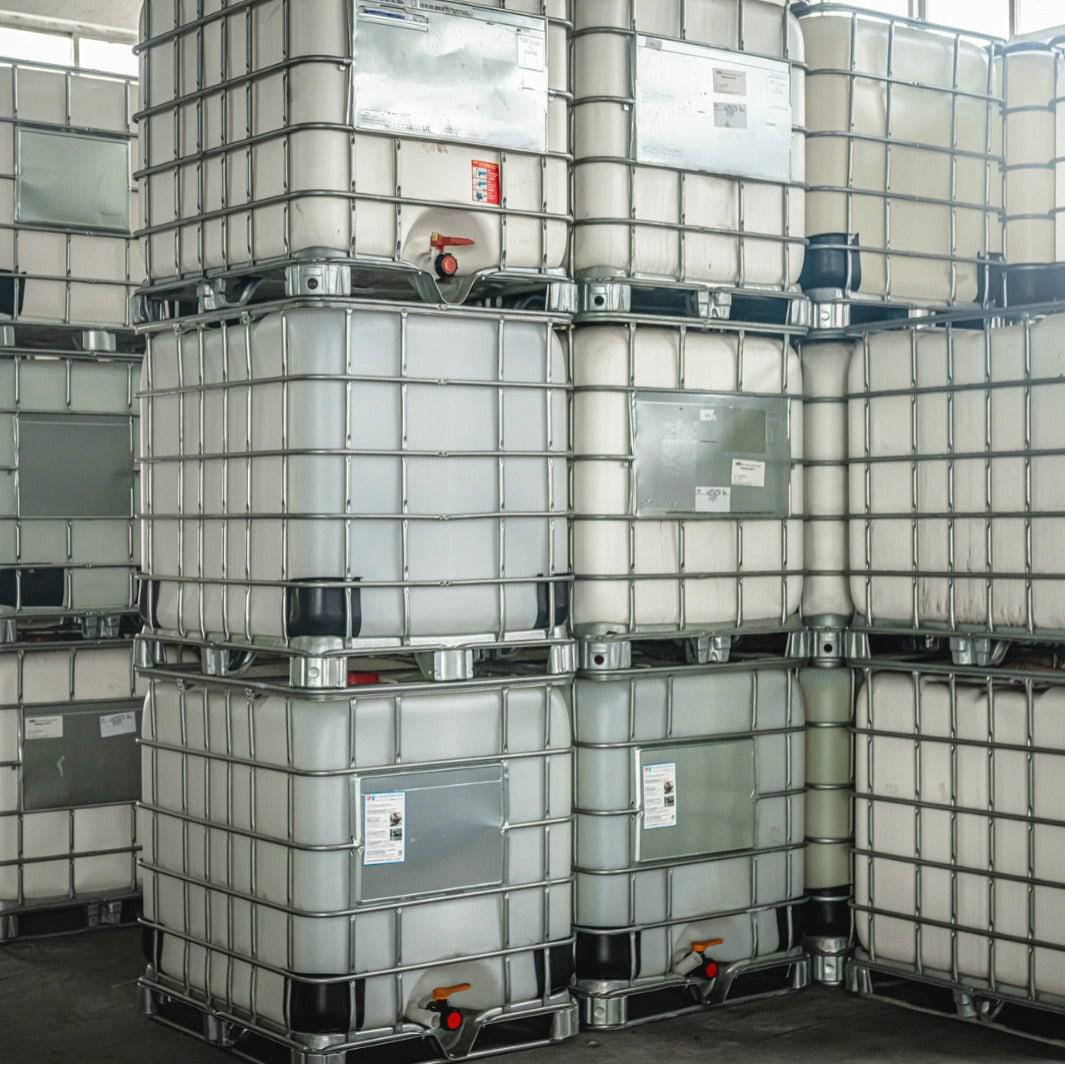Getting The Chemie To Work
Getting The Chemie To Work
Blog Article
Things about Chemie
Table of ContentsChemie - An OverviewAn Unbiased View of ChemieAn Unbiased View of ChemieAll about ChemieUnknown Facts About ChemieChemie Things To Know Before You Buy
By Bojanna Shantheyanda, Sreya Dutta, Kevin Coscia and David SchiemerDynalene, Inc. Liquid air conditioning, which can be attained making use of indirect or straight means, is utilized in electronic devices applications having thermal power thickness that may exceed safe dissipation via air cooling. Indirect fluid air conditioning is where heat dissipating electronic components are literally divided from the liquid coolant, whereas in instance of straight cooling, the components remain in direct contact with the coolant.In indirect air conditioning applications the electrical conductivity can be vital if there are leakages and/or spillage of the liquids onto the electronic devices. In the indirect cooling applications where water based liquids with deterioration inhibitors are generally made use of, the electrical conductivity of the fluid coolant generally depends on the ion focus in the fluid stream.
The rise in the ion concentration in a shut loop liquid stream might happen because of ion seeping from metals and nonmetal parts that the coolant fluid touches with. Throughout operation, the electrical conductivity of the liquid might enhance to a degree which might be dangerous for the cooling system.
9 Simple Techniques For Chemie
(https://www.huntingnet.com/forum/members/chemie999.html)They are bead like polymers that are qualified of trading ions with ions in a service that it is in contact with. In the present job, ion leaching tests were performed with numerous steels and polymers in both ultrapure deionized (DI) water, i.e. water which is treated to the highest degree of purity, and low electric conductive ethylene glycol/water blend, with the determined adjustment in conductivity reported over time.
The samples were enabled to equilibrate at room temperature level for two days prior to videotaping the initial electrical conductivity. In all tests reported in this research liquid electrical conductivity was determined to a precision of 1% utilizing an Oakton CON 510/CON 6 collection meter which was adjusted before each measurement.
Our Chemie PDFs
from the wall home heating coils to the facility of the furnace. The PTFE example containers were positioned in the furnace when constant state temperatures were reached. The test arrangement was gotten rid of from the heater every 168 hours (seven days), cooled to space temperature level with the electrical conductivity of the liquid determined.
The electrical conductivity of the fluid sample was kept an eye on for an overall of 5000 hours (208 days). Number 2. Schematic of the indirect shut loophole cooling down experiment set-up - fluorinert. Table 1. Components made use of in the indirect shut loop cooling experiment that are in contact with the liquid coolant. A schematic of the experimental arrangement is displayed in Number 2.

Not known Factual Statements About Chemie
The adjustment in fluid electric conductivity was checked for 136 hours. The liquid from the system was accumulated and kept.

0.1 g of Dowex material was contributed to 100g of liquid samples that was absorbed a separate container. The combination was stirred and change in the electrical conductivity at space temperature level was measured every hour. The determined change in the electrical conductivity of the UP-H2O and EG-LC examination fluids including polymer or steel when engaged for 5,000 hours at 80C is revealed Number 3.
The smart Trick of Chemie That Nobody is Discussing
Ion leaching experiment: Calculated adjustment in electric conductivity of water and EG-LC coolants having either polymer or steel samples when immersed for 5,000 hours at 80C. The results suggest that metals added fewer ions into the liquids than plastics in both UP-H2O and EG-LC based coolants.
Fluids having polypropylene and HDPE showed the cheapest electric conductivity modifications. This could be due to the brief, inflexible, linear chains which are much less likely to add ions than longer branched chains with weaker intermolecular pressures. Silicone likewise performed well in both test liquids, as polysiloxanes are generally chemically inert as a result of the high bond energy of the silicon-oxygen bond which would avoid degradation of the material right into the liquid.
Getting The Chemie To Work
It would be anticipated that PVC would generate similar outcomes to those of PTFE and HDPE based upon the similar chemical structures of the materials, nonetheless there may be other pollutants existing in wikipedia reference the PVC, such as plasticizers, that may impact the electric conductivity of the liquid - meg glycol. Furthermore, chloride teams in PVC can additionally leach right into the test fluid and can trigger a boost in electric conductivity
Buna-N rubber and polyurethane showed signs of degradation and thermal decay which recommends that their possible utility as a gasket or sticky product at greater temperature levels could lead to application issues. Polyurethane totally broke down into the examination fluid by the end of 5000 hour test. Figure 4. Prior to and after photos of steel and polymer samples submersed for 5,000 hours at 80C in the ion leaching experiment.
Calculated modification in the electrical conductivity of UP-H2O coolant as a function of time with and without material cartridge in the shut indirect air conditioning loophole experiment. The gauged modification in electrical conductivity of the UP-H2O for 136 hours with and without ion exchange material in the loop is shown in Figure 5.
Report this page